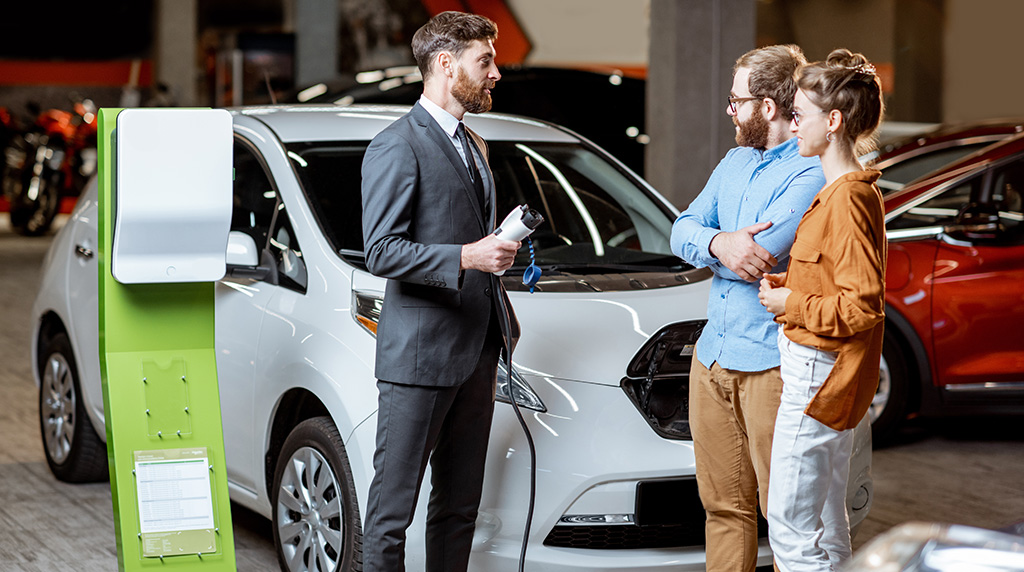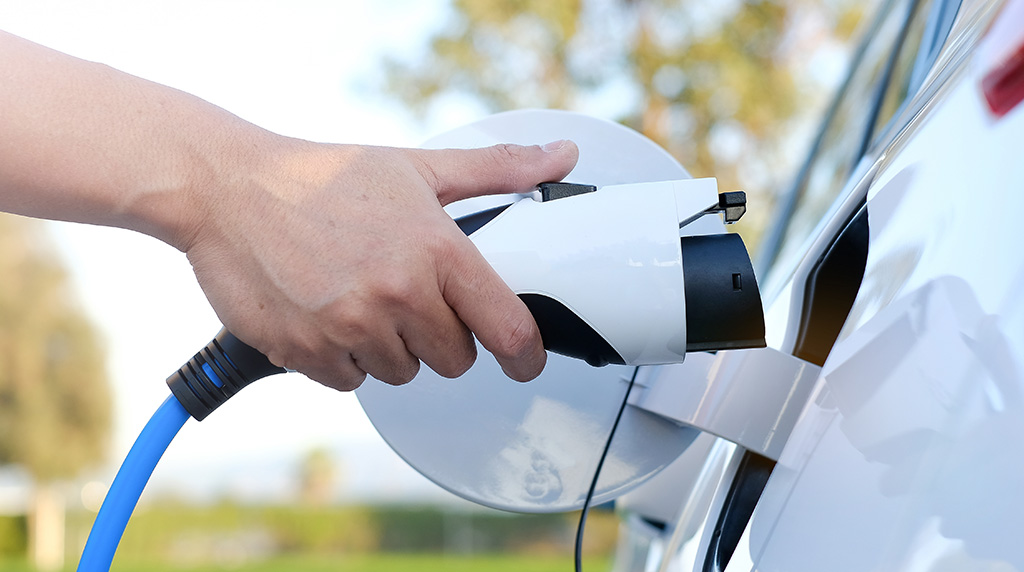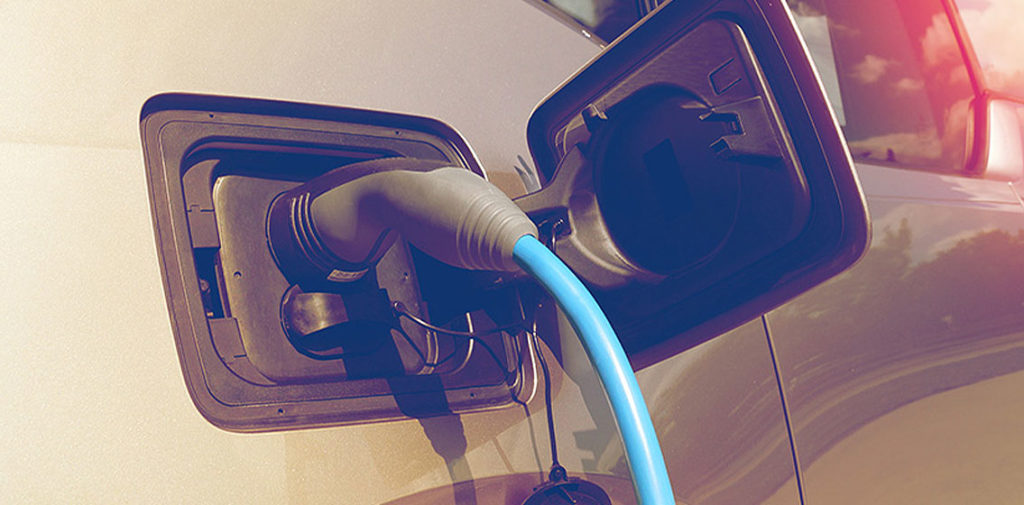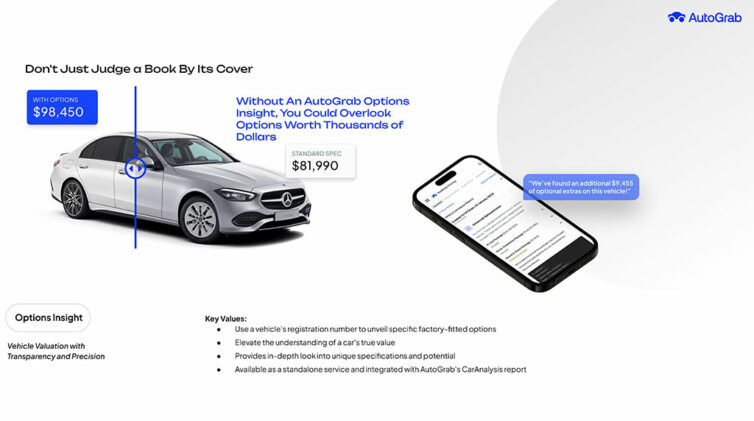The reaction is contained within a comprehensive survey that forms the basis for the Australian Automotive Dealers Association (AADA) submission to the National Electric Vehicle Strategy Consultation paper.
The survey was conducted by Melbourne-based researchers ZingInsights for inclusion within the AADA submission.
In its presentation, the AADA said the Australian new car dealer network was well placed to provide on the ground information and assistance in educating the buying public.
“Consumers have many questions on EV issues such as range, charging, performance, and others. Dealers working with their manufacturers can provide accurate information on these issues and can also facilitate demonstrations of the EV technology,” it said.
“There are a range of projections which show that the sales of EVs are set to increase in the coming years.
“If the expected level of uptake eventuates, new car dealers are in a good position to respond to the logistical challenge of supplying and safely servicing these vehicles.”
The AADA CEO James Voortman said that improving the uptake, choice, and affordability of EVs will play “an incredibly important role” in helping Australia minimise its vehicle emissions.
But he said this strategy should also acknowledge that there are a range of vehicle drivetrains that will play a role on the journey to net zero by 2050.
“We should not lose sight of the contribution of hybrid vehicles which have experienced phenomenal growth in Australia in recent years,” he said.
“The AADA is also of the view that this strategy should be nationally led and that we should be seeking the greatest possible degree of consistency across state and territory borders.
“The risk of going down the state-by-state approach is that Australia ends up with a patchwork system in which access to and benefits of EVs are not felt equally across the Commonwealth.”
According to AADA survey results, 38 per cent of respondents said they are likely to consider an EV for the next vehicle they purchase and 48 per cent are open to considering a hybrid vehicle.
However, new car dealers reported in the submission that the only reason more EVs were not being sold is due to significant supply constraints, with many customers being made to wait months and, in some cases, more than a year to take delivery of their EV.
The AADA said it was also “fundamentally opposed” to bans being applied to internal-combustion engine (ICE) vehicles because of “potential adverse consequences for the environment, Australian consumers, the automotive industry and the people they employ.”
“There are simply too many unknown variables to proceed with a ban,” it said.
“The uncertainty around the industry’s ability to meet the demand for EVs means that there are similar concerns around when price parity for EVs will emerge.
“Consumers who will not be able to afford an EV will simply hold onto their older ICE vehicle for longer, leaving lower and middle-income earners with vehicles which are more costly to run, less environmentally friendly and less safe.
“Three out of five people are concerned they won’t be able to afford a vehicle if there is a ban on the sale of ICE vehicles.”
Mr Voortman said it was important that the strategy considered potential EV supply constraints now and in the future.
“In the coming years global demand for EVs will reach fever pitch as governments’ emissions regulations and incentive regimes combine and influence consumer purchasing habits,” he said in the submission.
“The strategy also needs to understand consumer preferences in Australia and the factors that influence those preferences.
“In terms of the vehicles Australians are buying, there is a clear trend away from small, medium, and large cars to small, medium, and large SUVs and utes.
“In AADA survey data, when asked what their intended future vehicle purchase might be compared to what they drive now, respondents displayed a strong intention to purchase medium-sized SUVs and large SUVs, with consumers planning to replace small cars with these larger vehicles.”
The submission also found that most respondents drive a medium-size SUV ICE and would replace it with the same vehicle type. But when asked about moving into an EV, the majority wanted a small passenger-car electric vehicle.
The AADA submission said that to understand the actions required under the national EV strategy, there must be an understanding of the factors holding back EV uptake. It said the main concerns can be described as the three Cs – cost, choice, and charging.
“Our survey asked buyers who are unlikely to buy/unsure about buying an EV in future what the most common reason for their hesitance was and 62 per cent cited the fact that EVs cost too much,” Mr Voortman said.
“Survey results show that on average, almost 50 per cent of customers are willing to pay some price premium for an EV over the same petrol vehicle. The customers said the overall average amount more they’d be willing to pay was approximately six per cent.
“With choices, one of the biggest factors constraining the uptake of EVs in Australia is the lack of choice, particularly among the vehicle segments that Australians prefer.
“The two top selling vehicles of 2021 are utes, as are seven out of the top 20 selling vehicles. Utes and 4WD vehicles contributed to 21.2 per cent of the new vehicles sold in 2021.
“The EVs which are at the more affordable end of the scale are often smaller vehicles which Australians have been turning away from in recent years.”
The AADA said another factor was the lack of charging infrastructure which it said was a major concern for many prospective EV buyers.
“It was rated the second highest barrier for considering purchasing an EV, behind high purchase price,” it said in the submission.
Of those surveyed, 55 per cent said charging was a concern. There were also related concerns among a proportion of the population around the lack of range of some vehicles and time it took to recharge a vehicle.
In its submission and relating to the role of the new-car dealer, the AADA said that although EVs may require less maintenance and repair compared with an ICE it was “important to note that when these vehicles do need repairs or are part of a vehicle recall, they will require trained technicians due to the risk that EVs pose.”
“New-car dealers benefit from factory training and are contractually obliged to have appropriately trained workshop staff working on state-of-the-art vehicles using the most up to date tools and equipment,” it said.
“They commit significant investment to the training of their staff and are a major employer of apprentices.”
The association also said that there had been “a misunderstanding” that the automotive industry in Australia was resistant to the adoption of EVs because of a perceived threat to profit margins.
“However this is not the case. Franchised new-car dealers work closely with their manufacturers in developing inventory which reflects market preferences, and as this preference transitions to EVs our members will respond to the market.”
The AADA also said that it supports the introduction of a mandatory vehicle fuel efficiency standard that is fit for purpose.
“From the perspective of franchised new-car dealers, we support a solution which allows our customers to access state-of-the-art fuel-efficient vehicles, but which does not drastically reduce vehicle affordability or choice,” it said.
“AADA welcomes the fact that there will be a more detailed consultation process for the design of a fuel efficiency standard.”
At this initial stage, the AADA said it identifies features as central to a well-functioning fuel efficiency standard.
These include:
- An average emissions (grams of CO2 released per kilometre) target for OEMs averaged across all the vehicles they sell in a given period
- An appropriate timeframe to adjust to the target
- That it applies to all vehicles first supplied to the Australian market, including used car importers
- Separate targets for passenger vehicles/small SUVs and light commercial vehicles/large SUV
- The ability for OEMs to trade credits with each other and to transfer credits between their passenger vehicles/small SUV fleets and their light commercial vehicles/large SUVs fleets.
There also needs to be changes to the taxation system. The AADA said that while it appreciates the changes which have been flagged around FBT and tariff concessions for EVs “these are modest incentives which do not apply to all vehicles and/or all buyer types.”
The AADA’s survey found that 71 per cent of respondents believed governments should be incentivising customers more to transition to EVs.
The AAADA said it welcomes the action taken by state and territory in terms of purchase incentives, or registration and stamp duty discounts and added that it “would welcome any discussions regarding any incentives to encourage purchasing new ZLEVs”.
“As part of the transition to EVs, Australia needs an urgent review of its automotive taxation regime.
“Each year, Australians pay tens of billions of dollars in motoring taxes and charges to governments and, according to the Bureau of Infrastructure, Transport and Regional Economics in the 2019-20 financial year, more than $32 billion in such charges were paid.
“As fuel-efficient vehicles are increasingly adopted and trends such as ridesharing accelerate, Australia needs to consider the way in which we tax motorists and create a system which is fit for purpose for the future.
“At the federal level, a considerable part of that tax revenue has been drawn from the Luxury Car Tax (LCT). At a state and territory level we have significant stamp duty and registration charges applied to vehicle sales.
“These taxes are outdated and have been discredited by various independent taxation reviews.
 “Australian governments should work together to abolish or restructure these taxes to provide consumers and local dealers with some relief, particularly as the new-car market faces an uncertain future and supply remains severely constrained.
“Australian governments should work together to abolish or restructure these taxes to provide consumers and local dealers with some relief, particularly as the new-car market faces an uncertain future and supply remains severely constrained.
“Applying excessive taxes to new cars only disadvantages consumers seeking to buy vehicles which deliver greater safety as well as environmental and fuel efficiency benefits.”
But it is not only financial incentives that the AADA sees as being instrumental in the pathway to EV adoption.
It said it supports the consideration of including incentives for EVs such as special lane access (carpool lanes, bus lanes), parking incentives, and road toll discounts or exemptions.
“While some of these incentives may be enacted at the council or local government level, we believe the federal government has a role to play in facilitating these discussions with the appropriate jurisdictions and encouraging a degree of consistency.”
On charging, the AADA said the charging infrastructure was currently being rolled out throughout Australia “but we will need to significantly increase the number of options for EV drivers.”
“Infrastructure Australia’s (IA) priority list has an early stage proposal for a national highway electric vehicle fast charging network,” it said.
“It is appropriate that the government treats the roll out of chargers as an infrastructure project and one that would take on a public private partnership character.”
The association said it was also strongly opposed to increasing the supply of imported used EVs “on the basis that it will have adverse outcomes for consumers; risk undermining confidence in EVs among the Australian public; make Australia a dumping ground for old lithium-ion batteries; and threaten Australian automotive businesses.”
“Other than New Zealand, the importation of used cars has not been used as a strategy to boost vehicle supply by OECD countries – generally most grey imports are sent to developing countries,” it said.
“The influx of used car imports is why the average age of New Zealand’s vehicle fleet is over 14 years compared to Australia’s which is just over 10 years.
“In terms of road safety, New Zealand has a rate of road deaths per 100,000 population of 6.01 while in Australia it is 4.26.
“Despite the government’s previously ruling out a used car import policy, its Specialist and Enthusiast Vehicle Scheme is being used as a back door to bring in a high-volume of used car imports.
“We believe the SEVs should be restricted, and any expansion should be roundly rejected due to the Government’s previously articulated concerns around consumer protection and safety.
“While some proponents will argue that used imports provide an avenue to increase EV supply, this will come with the same risks as conventional vehicles and more.”
By John Mellor
















 Read More: Related articles
Read More: Related articles

